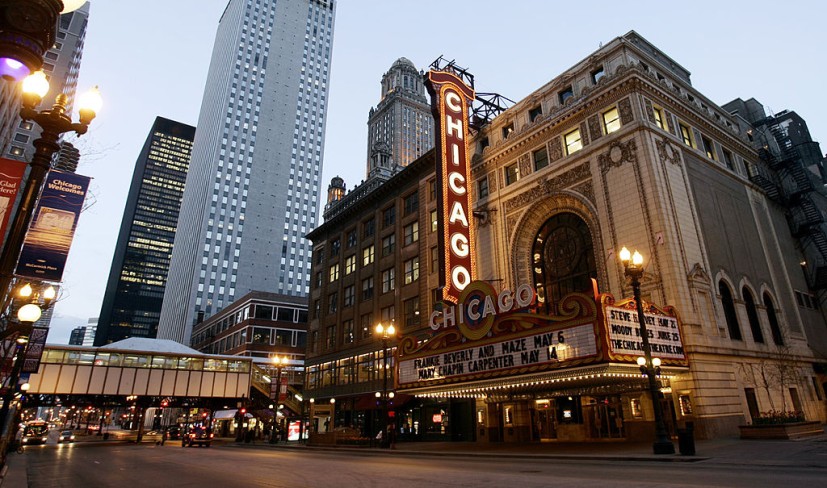
Chicago's arts and culture sector is facing an escalating "crisis" post-pandemic, with no clear path forward, according to a study released on Monday. The first-of-its-kind study, titled "Navigating Recovery: Arts and Culture Financial and Operating Trends in Chicago," was commissioned by the city's Department of Cultural Affairs and Special Events and conducted by Dallas-based SMU DataArts. The report examined trends from 2019 to 2022 across a range of organizations, from those with budgets under $150,000 to those exceeding $1 million.
The study highlights the challenges faced by the theater sector, emphasizing the need for focused attention to ensure its resilience and vitality, said Erin Harkey, DCASE commissioner. The report reveals dwindling audiences and subscriptions, rising costs, reduced budgets, diminishing private funding and sponsorships, and uncertainties following the end of government funding initiatives like the Paycheck Protection Program and Shuttered Venue Operating grants for local arts organizations.
Members and subscribers, essential for bolstering attendance, experienced a significant decline of 26 percent for performing arts venues and 29 percent for museums from 2019 to 2022. Although there was a slight uptick in overall attendance in 2022, it remained 60 percent lower than pre-pandemic levels. Notably, the study showed a sharp drop of 59 percent in in-person attendance at performing arts venues over the four-year period, whereas museums, with their early reopening and controlled visitor flow, saw a milder decrease of 14 percent.
The report also highlighted the impact of pandemic-induced behavioral shifts, with audiences increasingly gravitating towards online entertainment, making it challenging for cultural institutions to lure them back to in-person experiences. Faced with shrinking audiences, institutions had to make substantial budget cuts, averaging 20 percent by 2022, adjusted for inflation. Private donations, crucial for financial sustenance, failed to keep pace with inflation, remaining stagnant.
Despite the grim scenario, there are glimmers of hope within the report. Small- and medium-budget organizations experienced a slight growth in average staff sizes, offering a ray of optimism. Furthermore, organizations representing people of color expanded their teams, enhancing their artistic staffing by about 80 percent from 2019 to 2022. These organizations defied the trend of stagnant individual donations, witnessing a significant 46 percent surge during the same period.
However, the study's findings are mirrored in the struggles faced by local theaters. Lookingglass Theatre announced a pause in operations after a 35-year run, leading to massive staffing cuts and a production hiatus until late spring 2024. Similarly, Steppenwolf Theatre Company trimmed its workforce by 10 percent due to dwindling revenue and attendance.
While the study doesn't encompass 2023 data, anecdotal evidence suggests no substantial turnaround, underscoring the industry's ongoing challenges. The report concludes that urgent, strategic interventions are imperative to bolster the city's arts and culture sector, ensuring its vibrancy and resilience in the face of unprecedented adversities.
© 2025 Classicalite All rights reserved. Do not reproduce without permission.